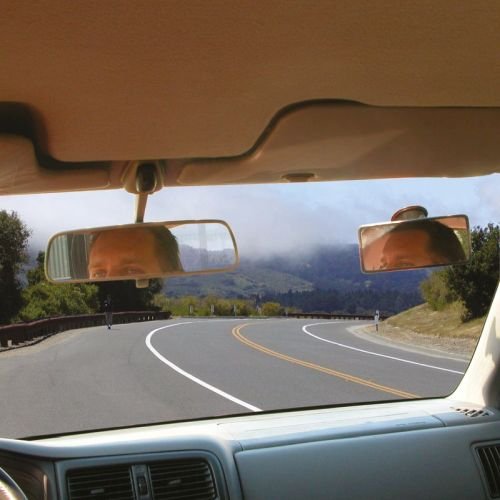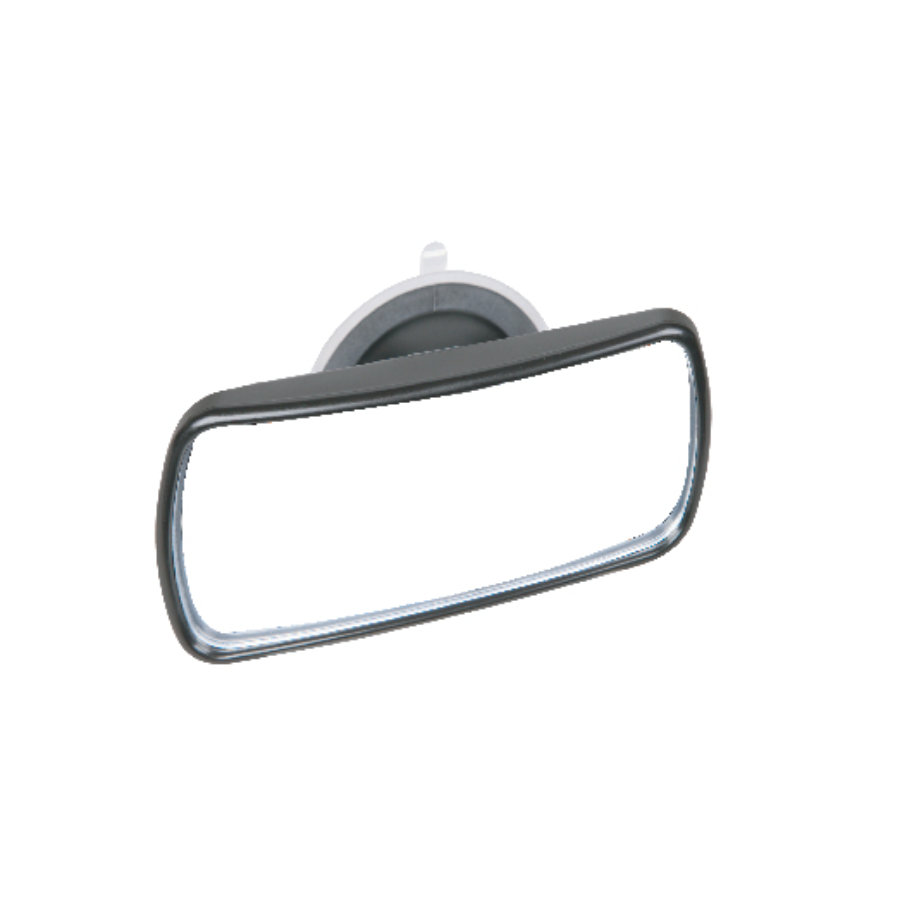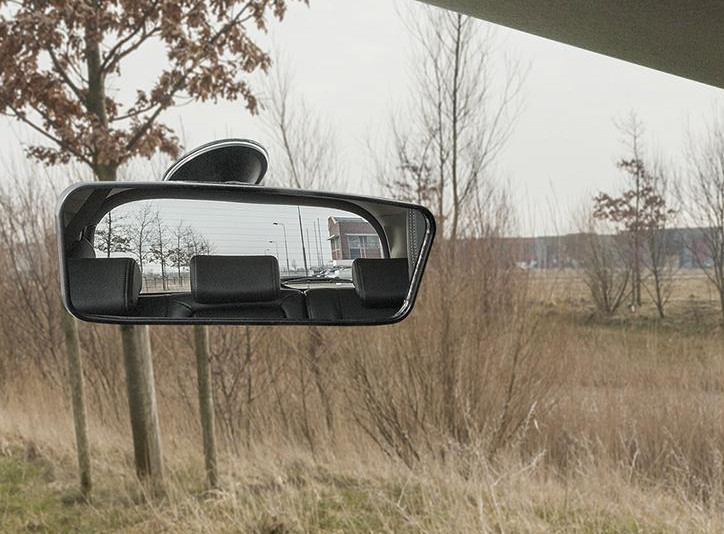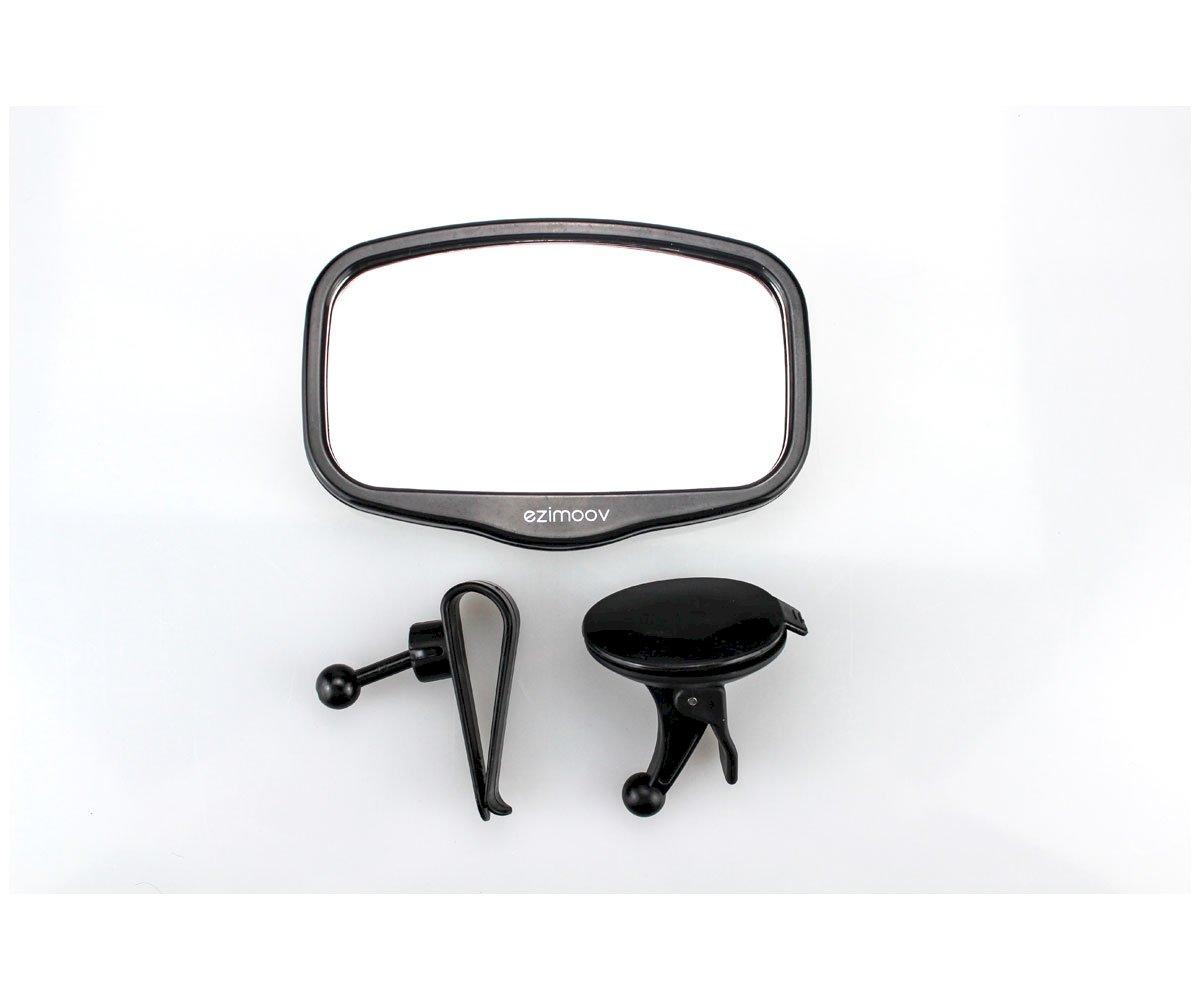
Rétroviseur intérieur supplémentaire, idéale pour voir les angles morts ou les passagers arrières. Fixation par ventouse, Herbert Richter 50x160x115mm SK101177

Amazon.fr : ihreesy 240 mm Rétroviseur Intérieur de Voiture avec Ventouse Rotation Universelle à 360 Degrés Rétroviseur Grand Angle Réduire l'Angle Mort Compatible avec Voiture, SUV, Camions

Rétroviseur Intérieur Voiture Ventouse 20 X 6 Bébé Rotation À ° Réglable S - Cdiscount Puériculture & Eveil bébé

Rétroviseur De Voiture Miroir Intérieur Universel À Ventouse Miroir Pour Voiture Camion Rétroviseur Intérieur De Voiture

KIT 3 RETROVISEURS 2 RETRO AUXILIAIRES EXTERIEURS 1 RETRO INTERIEUR à VENTOUSE AUTO ECOLE ou CONDUITE ACCOMPAGNEE securité

Rétroviseur Grand Angle Avec Rotation À 360 ° Rétroviseurs Intérieurs À Ventouse Réglable Rétroviseur Universel De Voiture | Achetez Plus, Économisez Plus | Temu France

ANGLE MORT CONVEXER Complément Rétroviseur 102x44mm Avec Ventouse, Voiture, Bus, EUR 15,83 - PicClick FR

















